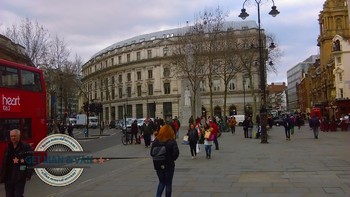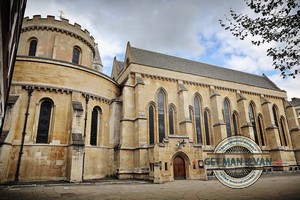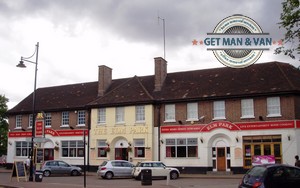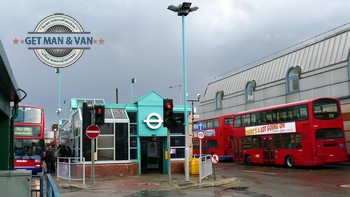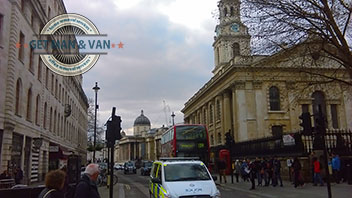 If you look at the description of any London area – no matter whether you are reading Wikipedia, info produced by a real estate company or the website of the local man and van moving company – you are going to notice that everywhere it is said what the distance of a certain spot in London is from Charing Cross. Having in mind that Central London has so many notable landmarks, it is interesting that namely the Cross has become the recognizable heart of the capital. Let’s see what is the history behind it.
If you look at the description of any London area – no matter whether you are reading Wikipedia, info produced by a real estate company or the website of the local man and van moving company – you are going to notice that everywhere it is said what the distance of a certain spot in London is from Charing Cross. Having in mind that Central London has so many notable landmarks, it is interesting that namely the Cross has become the recognizable heart of the capital. Let’s see what is the history behind it.
Let’s start with the location. Charing Cross can refer to the nearby by railway station, which is the busiest one in the country, with an annual passenger influx going into the tens of millions of people. But when you come across so-and-so kilometers/miles from Charing Cross, you should know that the name denotes the junction of Strand, Whitehall and Cockspur Street, just south of Trafalgar Square in central London.
No matter how hard you look around here however, you are not going to see a cross of any sort. The designation of the place comes from the so called Eleanor Cross, which used to stand on the site, in a small hamlet going by the name of Charing. There were in fact not one, but as many as twelve different crosses serving one and the same purpose all over London over the centuries. King Edward I ordered their erection in dedication to his wife, Queen Eleanor of Castile, which happened between 1291 and 1291. The last one was namely in the hamlet of Charing. It became the most popular one among the twelve, which easily explains that it still gives its name to the area, even though it was in 1675 when an equestrian statue of King Charles I was erected on its place and it has been standing there ever since. It was in the next century when Charing Cross became more and more often associated with the centre of London, a designation that is not always considered to be true from a purely geographic point of view, but one that nevertheless persists even to this day.
In order to commemorate the cross that gives its name to the place, a new one was built on the exterior of the Charing Cross train station in the 19th century. This is also the time when Charing Cross started to be used as an exit point for any distance measurements in the capital as a whole. First, through the Metropolitan Police Act of 1829, 12 parishes were ordered to be added within 12 miles from Charing Cross. Then The Metropolitan Building Act of 1844 came, which stated that the area of the act’s responsibility encompassed 12 miles in any direction from Charing Cross. The London Hackney Carriage Act 1831 stipulated that carriage drivers were obliged to take a fair to a prescribed distance from Charing Cross, and their training grounds covered the streets that are within a 6 mile radius from Charing Cross.
About the Author:
Prev: « Seven Reasons to Live in London Beside Work and EducationNext: London’s Most Famous Shopping Areas »



